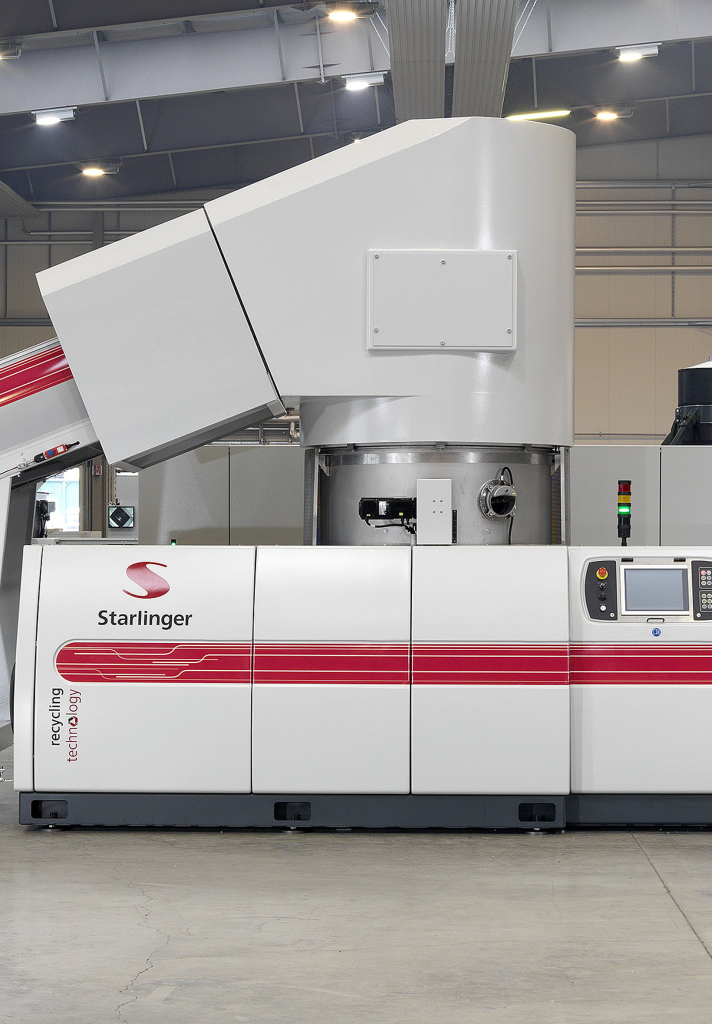
Introduction
Printed BOPP (Biaxially Oriented Polypropylene) woven bags have set a benchmark in the packaging industry with their unmatched durability, vibrant printing, and adaptability. These bags cater to diverse industries such as agriculture, construction, and chemicals, meeting rigorous demands for strength, branding, and sustainability. Their journey from humble beginnings to global dominance highlights the synergy between material science advancements and precise manufacturing technologies.
Historical Perspective: The Evolution of BOPP Woven Bags
From Material Innovation to Market Adoption
The origins of woven bags lie in the mid-20th century, when synthetic polymers like polypropylene transformed packaging materials. Polypropylene, with its high tensile strength, lightweight nature, and chemical resistance, provided the foundation for durable packaging. The addition of BOPP films introduced a revolutionary improvement—allowing high-definition printing and enhanced moisture resistance. This combination addressed the dual need for practicality and aesthetics, making these bags indispensable in industries where branding and functionality are paramount.
Broadening Applications
Initially, woven polypropylene bags were predominantly used in agriculture for products like grains and fertilizers due to their robustness and cost-effectiveness. Over time, manufacturers incorporated technologies such as fine-yarn extrusion and multi-layer lamination to create bags suitable for high-value goods, including pet food, construction materials, and industrial chemicals. These advancements enabled the industry to segment offerings, catering to specific market requirements while ensuring consistent quality.
China’s Rise as a Global Leader
China has emerged as a dominant player in the global BOPP woven bag industry, driven by technological innovation, resource availability, and entrepreneurial spirit. The pivotal role of regions like Wenzhou in advancing production processes and market strategies has shaped the industry’s trajectory.
Emphasis on Quality and Sustainability
Chinese manufacturers have invested in cutting-edge machinery such as Starlinger extrusion and lamination lines to ensure high-quality output. This equipment allows for precise control over bag dimensions, durability, and print quality. Furthermore, sustainability has become a core focus. Many manufacturers now use recyclable materials and employ waste-reduction techniques, such as closed-loop systems, to align with global environmental standards.
Meeting Diverse Market Demands
To compete globally, Chinese producers have embraced customization, offering tailored solutions to clients across agriculture, food, and industrial sectors. This adaptability has enabled them to penetrate emerging markets in Southeast Asia and Africa while maintaining strong positions in North America and Europe.
Comprehensive Quality Control: The Key to Performance Excellence
Core Parameters That Define Quality
| Parameter | Description | Technology/Method |
|---|---|---|
| Tensile Strength | Ability to bear heavy loads without tearing. | Starlinger tensile testers |
| Print Durability | Long-lasting, vibrant printing for branding. | UV-cured ink technology |
| Moisture Resistance | Protection against water and humidity exposure. | Multi-layer BOPP lamination |
| Seam Strength | Resistance to splitting at seams. | Ultrasonic sealing |
Steps in Quality Assurance
- Raw Material Selection: Using virgin polypropylene ensures consistent strength and durability, avoiding impurities that compromise performance.
- Advanced Manufacturing Processes: Precision extrusion and lamination processes ensure uniform thickness, enhancing both durability and appearance.
- Rigorous Testing: Bags undergo tensile strength testing, abrasion tests, and moisture resistance evaluations to meet industry standards.
By focusing on these parameters, manufacturers can ensure that each bag delivers exceptional performance, even under demanding conditions.
Innovations and Market Trends
Technological Advancements
Recent innovations, such as fine-yarn extrusion and ultrasonic sealing, have elevated the functionality of BOPP woven bags. Fine-yarn technology allows for lighter bags without sacrificing strength, making transportation more efficient. Ultrasonic sealing enhances seam integrity, preventing leakage in products like chemicals and grains.
Customization for Specific Needs
The ability to create tailored solutions is one of the greatest strengths of BOPP woven bags. For example, custom designs with UV-resistant inks are used in agricultural settings to protect against fading under prolonged sun exposure. Similarly, anti-static properties are added for packaging chemical powders to ensure safety.
Sustainability as a Competitive Edge
Eco-conscious consumers are demanding greener packaging options. Manufacturers are now integrating biodegradable materials and water-based inks into production, offering a sustainable yet durable solution. Additionally, the recyclability of polypropylene further reinforces its appeal in an increasingly environmentally aware market.
FAQs: Addressing Common Queries
1. Why are BOPP woven bags considered superior for packaging?
They combine high tensile strength, moisture resistance, and vibrant printing. The multi-layer lamination ensures the bag retains its structural integrity even in challenging environments, such as humid warehouses or during heavy transport.
2. Are BOPP woven bags eco-friendly?
Yes, many are recyclable and can be produced using eco-friendly methods, such as closed-loop manufacturing systems that reduce waste and energy consumption.
3. What customization options are available?
BOPP woven bags can be customized in terms of size, color, design, and functionality. Features like UV resistance, anti-static coatings, and biodegradable films can be added based on client needs.
4. Which industries benefit most from BOPP woven bags?
Key industries include agriculture (for grains, seeds), construction (for cement, sand), and chemicals (for powders, granules). Their versatility and durability make them a preferred choice across sectors.
Conclusion
Printed BOPP woven bags exemplify the perfect blend of material science innovation and market-driven adaptation. From their origins in material breakthroughs to becoming a cornerstone of global packaging, these bags have consistently evolved to meet modern demands. Chinese manufacturers, with their commitment to quality and sustainability, are well-positioned to lead this dynamic industry into the future.
For further insights on related innovations, explore:
- Industrial Woven Packaging Bags: Aligning with Policies and ESG Standards
- BOPP Laminated Woven Bags: A Sustainable Approach to Waste Management and Regulatory Compliance
By emphasizing continuous improvement and embracing sustainable practices, the BOPP woven bag industry is poised to achieve greater heights in quality and innovation.